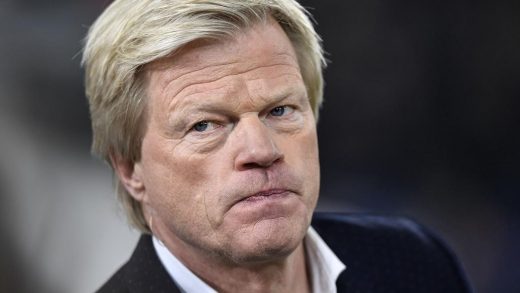
Indian e-scooter maker Ola Electric expects revenue to quadruple to $1.5 billion (nearly Rs. 12,300 crore) this financial year and then double that again in two years, according to a document containing corporate projections and people briefed on the matter.
The figures, however, pre-date surprise cuts by the federal government to e-scooter incentives in May.
According to the document, which was prepared ahead of investor meetings for Ola’s planned IPO worth up to $700 million (nearly Rs. 5,700 crore) and was reviewed by Reuters, the company is also targeting $220 million (nearly Rs. 1,800 crore) in operating profit for the year to end-March.
The $1.5 billion revenue target compares with a result of $335 million (nearly Rs. 2,750 crore) for the past financial year, two people briefed on the matter said, adding that there had been no change to Ola’s internal estimates since the document was drawn up in April.
Ola, which is backed by Japan’s SoftBank Group and Singapore’s Temasek, did not respond to repeated requests from Reuters for comment.
Since it began sales in late 2021, Ola has become India’s e-scooter market leader with a 32 percent share, competing with Ather Energy as well as companies like TVS Motor and Hero Electric. It was valued at $5 billion (nearly Rs. 41,000 crore) last year and has raised nearly $800 million (nearly Rs. 6,650 crore) from investors since 2019.
Incentives slashed
The Indian government has said it wants electric variants to account for 70 percent of two-wheeler sales — which also include motorcycles — by 2030, a huge jump from 14 percent currently.
But in May, it shocked the market by slashing e-scooter cash incentives without explanation, saying it would pay just up to 15 percent of the price before taxes. It had earlier pledged to pay up to 40 percent.
In June, industry-wide Indian sales of e-scooters more than halved from May to a six-month low of 45,800 units, government data showed.
“The subsidy cut poses a roadblock for all (e-scooter) companies’ growth because prices for the consumer have increased. Revised projections have to be applied, which will also hit valuations,” said Jay Kale, a vice president at Elara Capital.
But in an interview last week with India’s Business Standard, Ola CEO Bhavish Aggarwal said he was not fazed by the subsidy cut and said last month’s slide in industry-wide sales was just a “short-term blip”.
“The current subsidy after reduction is the right amount”, Aggarwal was quoted as saying, adding that the company could “live without” such incentives.
According to the document seen by Reuters, Ola has estimated it will sell 8,82,000 scooters this financial year and 2.9 million in two years time.
In contrast, KPMG in a June report forecast this financial year’s e-scooter demand at just 1 million units, a third lower than previously estimated. It predicts industry-wide sales of just 2 million in two years time.
For the quarter just ended, Ola sold 68,316 e-scooters, industry data shows. That’s 17 percent below the 82,000 estimate in the document seen by Reuters.
The document shows Ola aiming for revenue of $3.9 billion (nearly Rs. 32,000 crore) and operating profit of $578 million (nearly Rs. 4,700 crore) in two years.
For its IPO, Ola is working with Goldman Sachs and Bank of America among others, and has started early meetings with investors to brief them on the company’s plans.
© Thomson Reuters 2023


